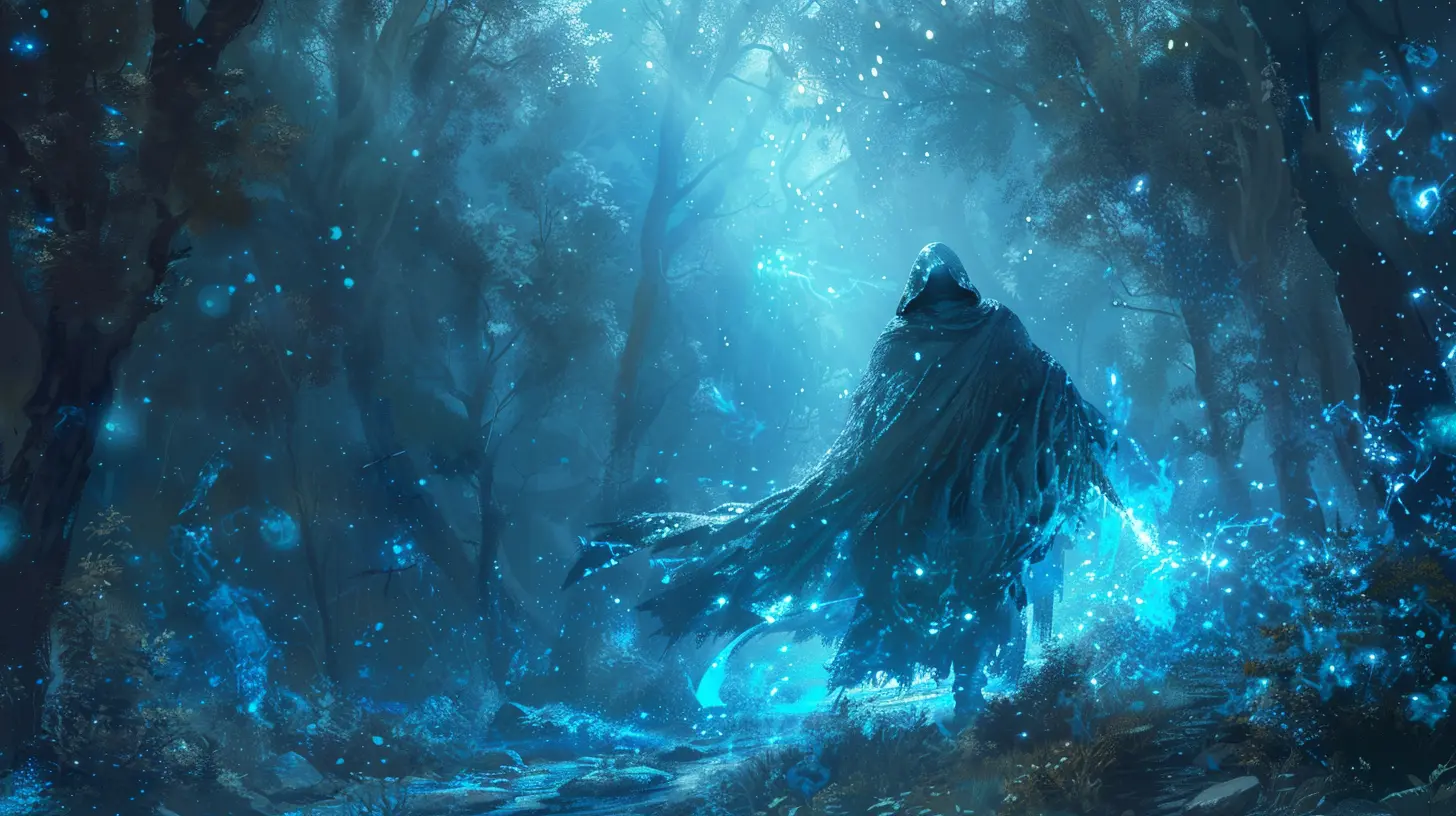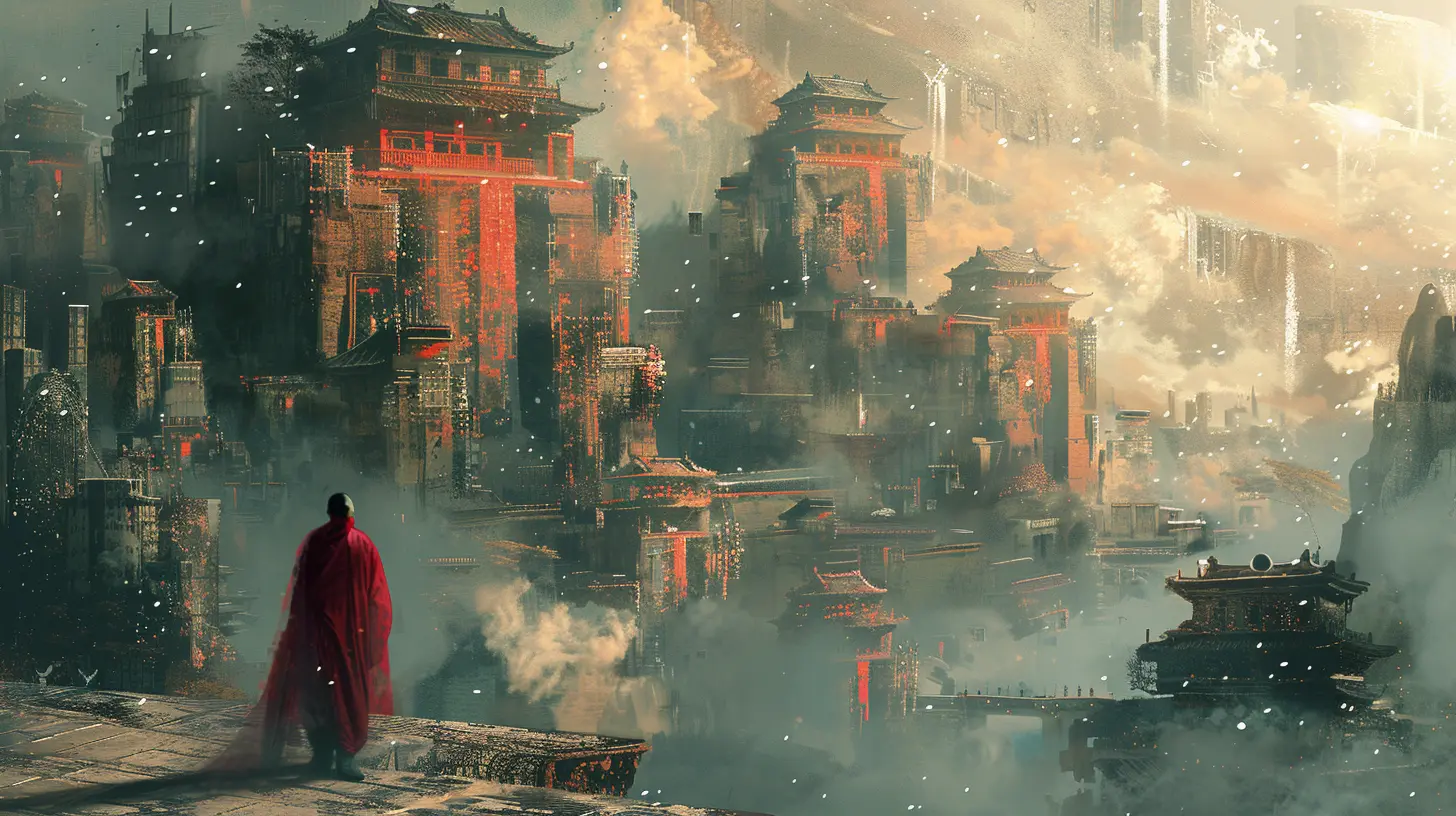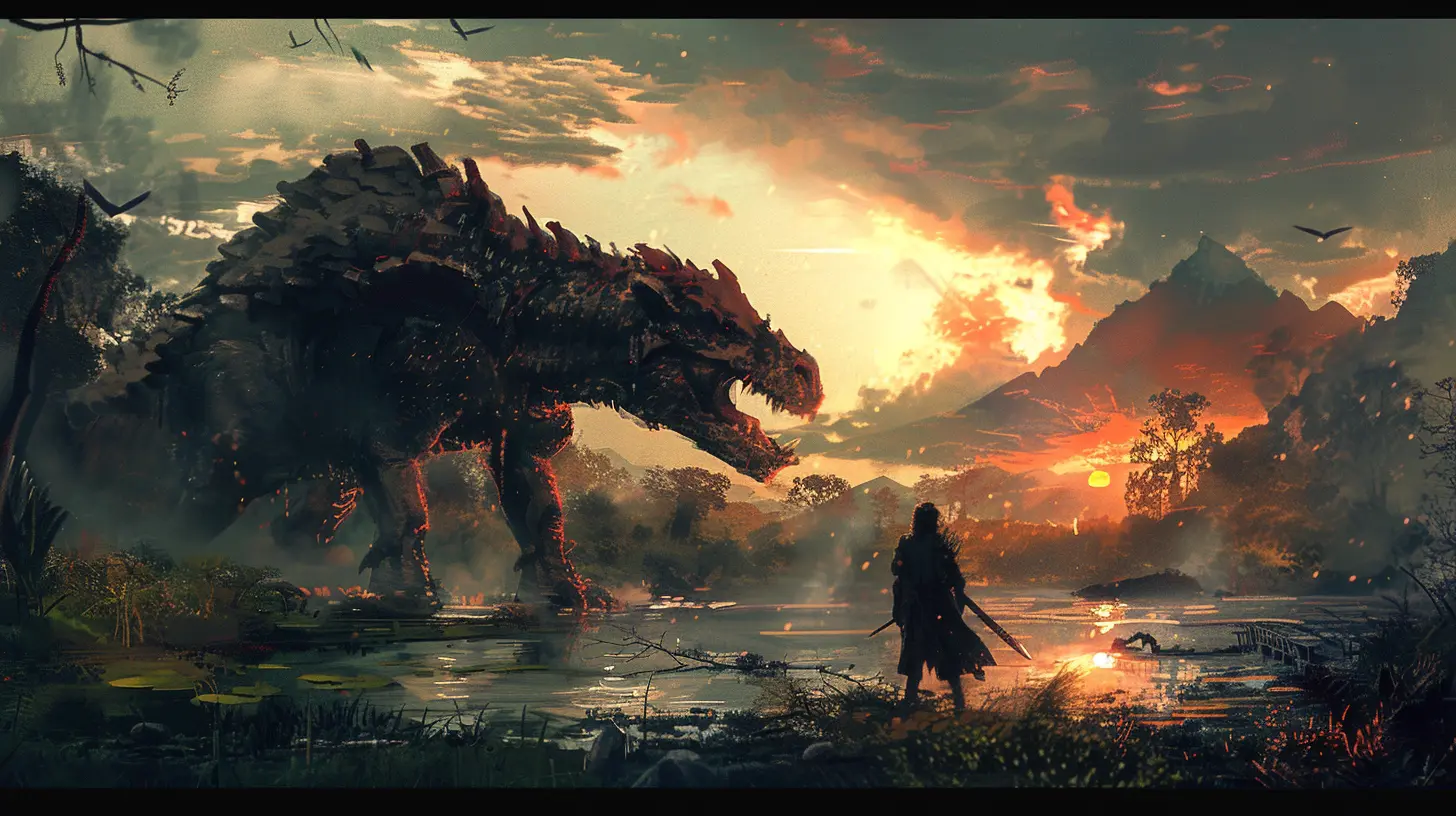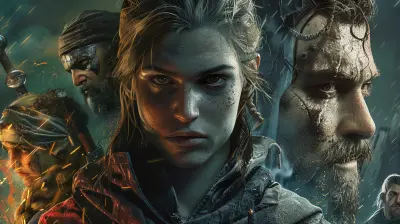Creating Player Motivation Through Side Missions
31 August 2025
When you're deep in the heart of an epic game and the main quest is calling your name, it’s easy to assume that’s where the magic happens. But let’s be real—how many times have you found yourself wandering off to chase down a mysterious side mission instead? Yeah, me too.
Side missions often end up being the unsung heroes of game design. They’re the spicy side of an otherwise meaty meal—the fries with your burger, the plot twists on a Tuesday night. And when done right, they don’t just fill time. They drive player motivation like rocket fuel.
So, let’s unpack this. Why do players get so hooked on side missions? How can game developers use them strategically to boost engagement, deepen world-building, and keep players coming back for more? Grab your virtual backpack—we’re going on a side quest of our own.
What Are Side Missions, Really?
Before we dig into the why, let’s talk about the what.Side missions (or side quests) are optional tasks in a game that aren’t directly tied to the main storyline. They can range from simple fetch quests to elaborate character arcs or even full-blown mini-games.
But don’t be fooled by the word “optional.” Often, they’re where the real soul of the game lives. They offer:
- Bonus content
- Character development
- Hidden lore
- Upgrades and rewards
- And—most importantly—player agency
Still with me? Good. Because this is where things get juicy.
Why Side Missions Matter More Than You Think
Side missions aren’t just filler. They play a huge role in how motivated and emotionally invested players feel. Here are a few key reasons:1. Personalized Experiences
The main storyline might be a rollercoaster, but everyone’s riding the same track. Side missions let you choose your own adventure. You get to:- Decide which tasks to complete
- Uncover different storylines
- Interact with characters others may never meet
It’s like walking into a party and finding your own corner with people you click with. That personal connection? That’s what keeps players glued to the screen.
2. Instant Gratification and Progression
Let’s face it—we all love a quick win. Side missions let players make progress without committing to a massive story event. Whether it’s earning XP, unlocking gear, or just checking something off the map, it feels good.And when players feel like they’re achieving something, even in small doses, they’re way more likely to stay engaged. It's like ticking off boxes on a to-do list—satisfying, right?
3. World-Building and Immersion
Side missions are the behind-the-scenes tour of your game world. They give depth to your setting, flesh out your factions, and make that world feel alive.Think about games like The Witcher 3 or Red Dead Redemption 2—the side missions in those games are mini-masterpieces. They introduce you to the culture, politics, and everyday struggles of the world. Suddenly, the main storyline has context. It matters more.
The Psychology Behind Player Motivation
To really understand how side missions drive motivation, you gotta step inside the player’s mind. Let’s break it down using a few psychology concepts.1. Autonomy: The Power of Choice
Humans love having control. When a player chooses to take on a side mission, they feel like they’re charting their own course. That sense of autonomy is huge for motivation.Give players choices, and they’ll reward you with engagement.
2. Competence: We All Want to Feel Good at Stuff
People like doing things they’re good at. And side missions often come with a lower risk or difficulty curve than the main story—especially at first. They give players a chance to flex their skills, earn rewards, and build confidence.More wins = more dopamine = more playtime.
3. Relatedness: Making Emotional Connections
Ever connect with a side character more than the main hero? That’s no accident.Side missions often dive deep into personal stories, moral dilemmas, or emotional stakes. These narratives build a strong emotional bridge between players and the game world.
How to Design Side Missions That Actually Motivate
Alright, so we know side missions are powerful. But how do you design them to truly inspire motivation? Let’s run through the checklist.1. Make Them Meaningful
No one wants to deliver 10 apples unless there’s a cool story behind it or a worthwhile reward. Give context. Build narrative weight. Even a basic fetch quest can become memorable if it has heart.Example: Instead of "collect 5 herbs," try "help the old apothecary create a cure for his dying wife." Now you’re engaged, right?
2. Vary the Objectives
Shake things up. Too many identical missions get boring fast. Throw in different mechanics like:- Puzzle-solving
- Stealth challenges
- Time-based objectives
- Emotional storylines
- Dialogue choices
Keep players guessing, and they’ll stay curious.
3. Tie Rewards to Play Style
Players engage more with missions that suit their preferred play style. Some love loot. Others dig story. And some just want XP.Offer a variety of rewards so players feel like they’re getting something valuable, no matter how they play.
4. Use Side Missions to Foreshadow the Main Story
Here’s a pro move: Drop lore, characters, or themes into side missions that hint at the main storyline. It’s like planting Easter eggs that pay off later.This builds narrative tension and makes the world feel connected and dynamic.
5. Include Consequences
Choices matter. If a side quest can subtly impact the world or change future dialogue, players feel like their actions have weight. Even small consequences can deepen the emotional hook.Examples of Side Mission Mastery
Let’s highlight a few games that absolutely nailed the art of side missions.🎮 The Witcher 3: Wild Hunt
Practically every side mission in this game feels like a standalone novella. Rich dialogue, morally gray choices, and emotional depth—it’s textbook example of how to do it right.🎮 Skyrim
Thanks to the wide-open world design, players can stumble onto entire questlines just by wandering around. The variety and freedom are pure gold for motivation.🎮 Mass Effect Series
The loyalty missions in Mass Effect 2? Chef’s kiss. These missions don’t just flesh out your squad—they influence the story’s final act. That kind of weight is rare and special.🎮 Ghost of Tsushima
Side tales in this game are full of emotional depth, character development, and cultural richness. They’re not just filler—they’re part of the soul of Tsushima.Bonus Tip: Use Side Missions For Player Feedback
Here’s a little trick: Treat side missions like a testing ground.You can use them to:
- Experiment with new mechanics
- Gauge player interest in different story arcs
- Introduce future DLC or game expansions
Think of them as a sneak peek into what players want more of—and adjust accordingly.
Keep It Fun and Flexible
Not every side mission needs to be a tearjerker or a massive lore dump. Sometimes, players just want to blow off steam. Fun, quirky, or downright weird side missions can offer a nice break from high-stakes storytelling.Humor, creativity, and surprise all help keep players engaged. Mix the serious with the silly, and you’ve got a winning recipe.
Wrapping It All Up
When we talk about player motivation, we often focus too much on the main story. But side missions? They’re the heartbeats that keep the game world alive. They offer freedom, variety, and emotional depth—all while giving players a playground to explore at their own pace.As a game designer or writer, never underestimate their power.
Give players a reason to care. Wrap a great story around meaningful tasks. And always make the journey as rewarding as the destination.
After all, sometimes the best parts of a game aren’t in the main quest—they’re in the stories we find along the way.
all images in this post were generated using AI tools
Category:
Quests And MissionsAuthor:

Lana Johnson
Discussion
rate this article
1 comments
Karson Fisher
Side missions enrich gameplay, fostering deeper player engagement and motivation.
September 13, 2025 at 4:10 AM

Lana Johnson
Absolutely! Side missions provide varied experiences that enhance immersion and keep players invested in the game world.


